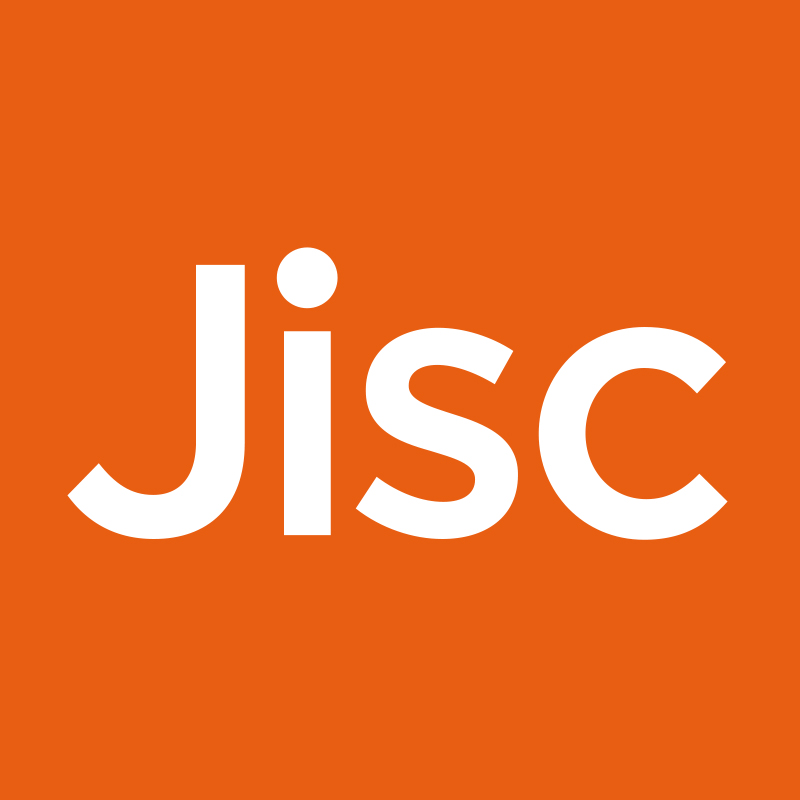Do you play a role in developing curriculum content with a digital sustainability focus?

The broader topic of sustainability has long been a concern for institutions and is often integral to roles with an estates or procurement focus, but how does it cascade into curriculum activities?
Jisc is currently running a project to identify how sustainability and pedagogy intersect by talking to members in student-facing roles and sharing their stories. We’ve been talking to principals, learning technologists, and lecturers to uncover the challenges, but more importantly, what steps we can take to ensure the digital aspects of sustainability are not overlooked in the curriculum.
According to the Jisc report (2024) ‘Digital sustainability in tertiary education: trends, challenges, and sector insights’ only 11% of HE institutions and 8% of FE institutions surveyed have taken actions to ensure that digital sustainability is covered in staff and student training programmes. The data from the interviews also echoes these findings. Many members report that they’re beginning to pilot resources with a digital sustainability focus to support the curriculum, but these are by no means at scale.
Often, these resources form part of broader initiatives to develop digital skills in staff and students. They may touch on aspects of digital sustainability, but this is by no means the primary focus.
Given the increasing role of digital, especially with advances in AI, there is a growing need to educate students of the carbon cost of digital activities and how we can develop our practice in a more sustainable and informed way.
Mapping to curriculum
So how are the interviewees mapping aspects of digital sustainability to the diverse curricula of their institutions?
In HE, embedding aspects of digital sustainability into programmes of study often involves collaboration between those with the expert knowledge (researchers) and those responsible for developing content (learning technologists) and those who are student-facing (lecturers). Many of the interviewees expressed a need for a tool that helped them to baseline where they are currently across the curriculum, and measure and report on progress over time. Advance HE have produced a framework for Education for Sustainable Development (ESD). The framework enables learners to make informed decisions and take both individual and collective actions to transform society and protect the planet. There’s a focus on learning content as well as teaching methods.
In FE, the Education and Training Foundation (ETF) promotes incorporating sustainability into all aspects of education too. They have also developed a “Map the Curriculum” tool which aligns with the United Nations seventeen sustainable development goals (SDGs) and helps educators identify where sustainability is already present in their curriculum, find gaps, and plan for improvements. Deploying this tool would also require a degree of collaboration across departments to reach a shared understanding of what the SDGs would look like in the curriculum.
However, both these tools cover the topic of sustainability in the round. They don’t specifically explore how digital activities per se fall into the seventeen SDGs. A deeper dive into the nuances of digital practices is still required.
Collaboration between departments is often instrumental for an effective approach to embedding aspects of sustainability in the curriculum, which also makes it one of the key challenges. A ‘one-size fits all’ approach is not going to work. For example, the United Nations SDG of ‘Good health and wellbeing’ would look very different on a construction course compared to a counselling course. Clear lines of communication between the sustainability ‘experts’ within an institution (who may reside in separate departments, like Estates, or research) and curriculum staff are key.
Having guest speakers on teacher training courses or ad hoc campaigns, such as the AoC’s Green Week, can help to make inroads with curriculum, but strong leadership and coordination are required for meaningful change. Otherwise, there is a risk that sustainability is perceived as an ‘extracurricular’ event. We need to embed these issues into curriculum via the course leaders, who best understand the relationship between sustainability and their subject.
Staff confidence
Staff confidence is another challenge raised by the interviewees.
Many academics don’t consider themselves experts on digital, let alone experts in the more nuanced area of digital sustainability. Lecturers are wary of putting themselves out of their comfort zones in front of students by raising topics that are relatively new to them. For example, one interviewee shared a story of how staff receive Sharepoint training to optimise how they share and collaborate on files in the cloud, as many staff still send emails with attachments. There is a digital sustainability argument to be made here, but this is often overlooked.
Based on the interview data so far, it’s clear that digital sustainability is very much in the early stages. Understanding how digital sustainability impacts a given curriculum area and what skills need to be developed with students needs more unpacking. Most institutions are still at that awareness-raising stage of asking, Why are digital aspects of sustainability important, and how do they relate to their subject?
Institutions that have gained traction with academic staff have focused on supporting the broader digital skills agenda. Sustainability goes beyond a staff confidence challenge alone. Issues such as digital poverty can also have a huge impact on SDGs and there is increasing evidence that this is on the rise.
Linking sustainability to employability is also another good hook. Considering employers and what they are looking for in terms of skills is a motivator for students.
Developing the workforce of tomorrow
Raising awareness amongst students about the Green careers across all industries helps to prepare them for the future workforce. To thrive in an environmentally conscious workforce, students will leverage existing skills while cultivating new ones.
Many transferable skills, such as strong communication, effective project management, and decisive leadership, will prove invaluable in driving sustainable practices. Alongside these foundational skills, students should anticipate the need for specialised technical expertise and relevant qualifications to address the unique challenges of environmentally friendly industries.
Digital has a key role to play in facilitating that blend of adaptable skills and targeted technical knowledge. The interview data is currently exposing how digital activities with students are not necessarily being addressed with a sustainability lens in mind.
There is an opportunity to explore this area later in the project when we develop further guidance. What skills do students need to be responsible and digitally sustainable citizens? Watch this space for a future blog post!
Resources to explore
The following resources were discussed during the interviews:
- Jisc’s ‘An Introduction to digital sustainability’ module, freely available to our members. A short digital learning module designed to introduce the basic concepts and practical applications of digital sustainability, especially relevant for topics on digital sustainability leadership and AI.
- ETF’s “Map the Curriculum” tool linking to the United Nations seventeen sustainable development goals (SDGs). This tool helps FE colleagues identify where sustainability is already present in their curriculum, find gaps, and plan for improvements.
- Advance HE’s framework for Education for Sustainable Development. A valuable tool for a wide range of users, enabling course teams to consistently integrate Education for Sustainable Development (ESD) into programs, and empowering students to develop sustainable citizenship competencies.
- A number of institutions discussed games-based approaches to teach students about sustainability issues, often using students as partners. Climate Fresk training was flagged specifically, a 3-hour, interactive workshop that uses a card game to teach participants about the science of climate change and empower them to take action, drawing from the latest IPCC Reports.
Next steps
The project runs from now until June 2025, with further interviews expected to take place over March and April using Microsoft Teams.
If you would like to stay updated on our findings and the latest news on all things digital sustainability, sign up for our Digital Sustainability Newsletter for the latest insights. Additionally, our Digital Sustainability Community provides a collaborative space for those working in FE & Skills to share best practices and explore ways to embed digital sustainability into the curriculum.


One reply on “Early findings from the digital sustainability interviews”
[…] his latest blog, Jisc’s Scott Hibberson shares early findings from interviews with members as part of our ongoing […]